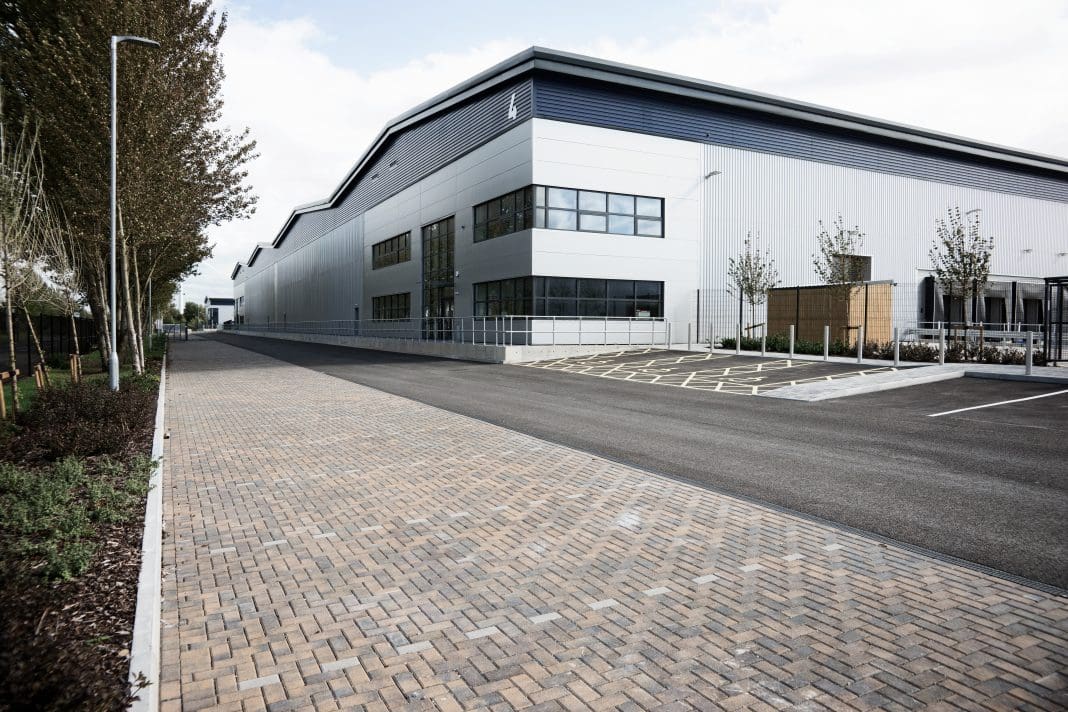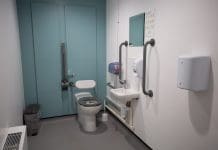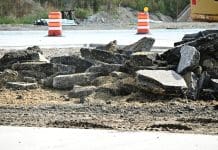In this evolving world, threats to critical infrastructure often come from new and surprising places. The protection of essential assets – ranging from public buildings and spaces, power grids and communication networks to transportation systems and water facilities – faces varied challenges that require different approaches to safety
For public procurement leads, site or facilities managers and construction project managers, understanding these emerging risks is crucial. Only through education and engagement with the protection industry can these asset managers continue to improve their service offerings.
Void and vacant sites, as well as site areas, place unique demands on the time and resources of the team responsible for it. Ensuring only authorised personnel can enter the perimeter is paramount.
Once inside, managers need help from suppliers to ensure that the right people only access the right areas and that the site remains safe and secured during any off-hours. The people onsite present additional challenges – health and safety, operational excellence and protection against theft all must be accounted for.
In this article, we examine some of the most pressing concerns faced by public asset and site managers and how they can rely on their trusted suppliers to ensure their most valuable assets remain protected.
Rapid technological advancements
Digital transformation is revolutionising critical infrastructure. But it also introduces new and varied vulnerabilities. As systems become more interconnected, cyber threats escalate. Protecting against sophisticated attacks requires continuous adaptation and investment in cybersecurity measures.
Gareth Lewis, group head of sales and marketing at Orbis Protect, highlights the changing landscape: “As an organisation that has provided protection services to workers over the last two decades, we are seeing a change in the types of organisations who need to provide this level of support for their staff.
“This reflects the changing way of how people work. Housing providers, local authorities and utility companies have long understood the importance of providing real-time support to their lone worker staff 24/7. With technology and social changes impacting the way we work, and more people working remotely and alone, our services and those of other providers need to adapt to reflect this.”
Orbis Protect work tirelessly with customers to track and manage emerging threats, as well as understanding their needs to help solve their future challenges.
New products like the Rapid Protect provide highly visual deterrents, as well as tracking intruders in real-time by connecting to their alarm receiving centre.
The unit has been designed from the ground up in response to customer requests and presents a redefined approach to the market for site protection.

Supply chain security challenges
Critical infrastructure relies on complex supply chains. Ensuring the integrity of
components, software and services is essential. Disruptions or compromises at any
point in the supply chain can have cascading effects on infrastructure resilience.
Procurement leads must collaborate closely with suppliers, conduct rigorous risk assessments and implement robust monitoring mechanisms to safeguard against supply chain vulnerabilities.
Ensuring companies are accredited by initiatives such as Secured by Design or Cyber Essentials is critical to ensuring long-term protection.
Human element challenges
Human factors play a significant role in infrastructure protection. Insider threats, inadequate training and complacency can weaken security. Facilities managers must address these challenges through robust access controls, awareness programmes and personnel vetting.
When these fail, managers need a responsive and comprehensive layer of security that they can rely on. To provide the speed and resilience of protection needed, suppliers in this area need to marry high-speed artificial intelligence with the expertise of human decision makers.
Companies that rely too heavily on either one will tend to provide services unable to adapt or response times too slow to be able to intervene.
Balancing costs and protection
Investing in security measures is essential, but it comes with costs.
Striking the right balance between safeguarding critical assets and managing budgets is a persistent challenge. Procurement leads must allocate resources wisely and work with progressive suppliers who can keep them educated as to the emerging threats that they face.
Natural hazards and climate resilience
Extreme weather events, rising sea levels and seismic activity pose risks to infrastructure. Designing resilient buildings and systems becomes paramount. Construction project managers need to incorporate climate resilience into their plans. This includes using sustainable materials, elevating structures and implementing flood-resistant designs.
All the time during this construction, valuable assets and tools need to remain protected.
Managers and buyers should prioritise organisations with established corporate and social responsibility (CSR) credentials. Accreditations such as the Ecovadis CSR audit work to ensure buyers can be confident that their suppliers give back to the communities in which they live and work.
Similarly, by investing in providers with clear pathways to net zero, buyers can protect their assets in both the short and long term.
Orbis Protect: Fulfilling critical infrastructure needs
Orbis Protect supports buyers in navigating these challenges and more. As the UK’s leading provider of people and property protection, Orbis specialises in safeguarding critical assets and infrastructure.
Ben Howard, chief executive officer of Orbis Protect, emphasises its commitment: “At Orbis Protect, we have a legacy of supporting public investment and infrastructure while constantly developing new and innovative solutions to emerging threats. Our commitment to resilience and safety drives our mission to protect critical assets.”
*Please note that this is a commercial profile.














